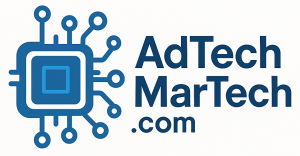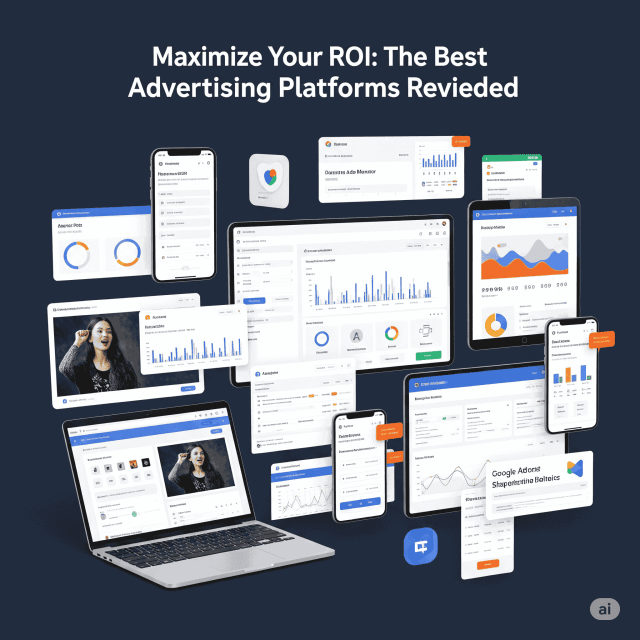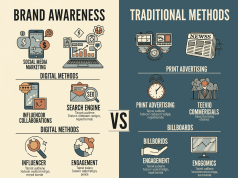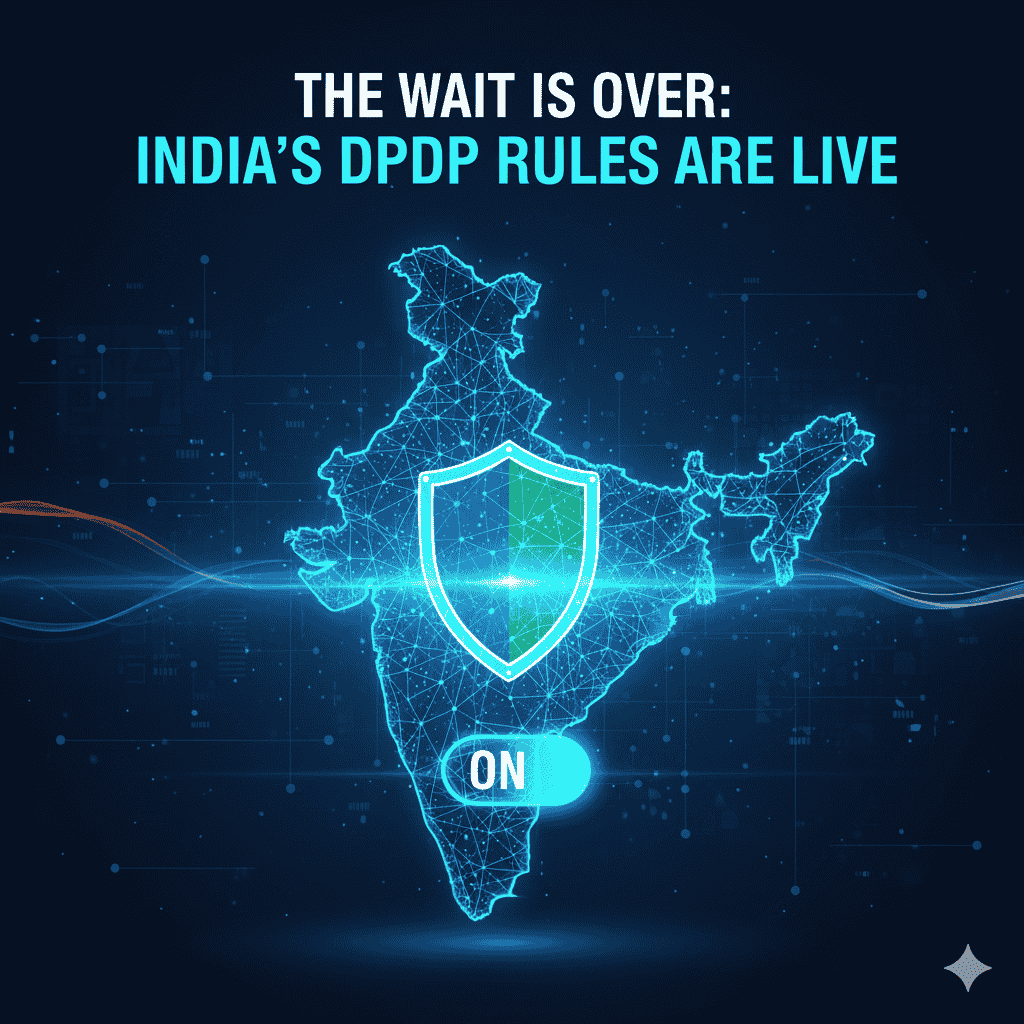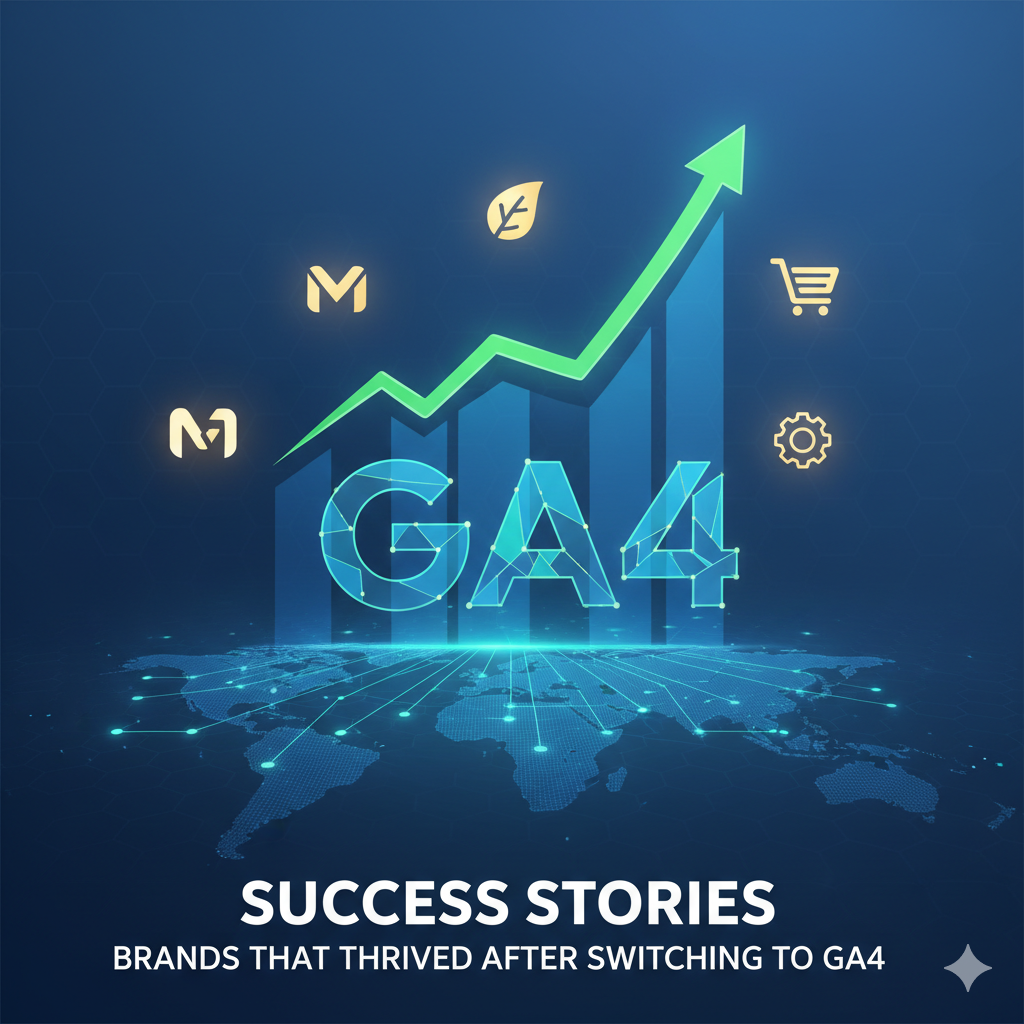In an increasingly digital world, businesses of all sizes are seeking ways to maximize their return on investment (ROI) through effective advertising. With many platforms available, each offering unique advantages, it can be daunting to choose the right one. This article reviews some of the best advertising platforms that can help you get the most bang for your buck while ensuring your marketing campaigns reach the right audience effectively.
1. Google Ads
Overview
Google Ads is one of the most powerful and widely used advertising platforms. It allows businesses to display ads across Google’s vast network, including search results and partner websites.
Pros
- Targeted Reach: You can target specific keywords, demographics, and geographical locations, ensuring your ads reach the intended audience.
- Flexible Budgeting: Google Ads operates on a pay-per-click (PPC) model, allowing businesses to set their budgets according to their financial capacity.
- Comprehensive Analytics: Google provides detailed analytics, helping you analyze performance and optimize campaigns effectively.
Cons
- Competitive: High competition for popular keywords can drive up costs.
- Steep Learning Curve: Effective campaign management may require time and expertise.
Ideal For
Businesses looking to reach customers actively searching for specific products or services.
2. Facebook Ads
Overview
Facebook Ads allows businesses to engage a massive user base across Facebook, Instagram, and Messenger. It focuses on social media advertising, providing powerful targeting tools.
Pros
- Advanced Targeting: You can target based on interests, behaviors, and demographics, making it effective for niche marketing.
- Visual Appeal: The platform excels in visual storytelling, allowing businesses to create engaging ads using images and videos.
- Retargeting Options: Facebook’s retargeting feature helps reconnect with users who have previously interacted with your business.
Cons
- Ad Fatigue: Users may become tired of seeing the same ads, leading to decreased engagement.
- Privacy Concerns: Changing privacy policies can affect ad targeting accuracy.
Ideal For
Brands looking to build community engagement and brand awareness through visually rich content.
3. LinkedIn Ads
Overview
LinkedIn Ads is particularly effective for B2B advertising, allowing businesses to connect with professionals across various industries.
Pros
- Professional Audience: By targeting professionals, you can effectively reach decision-makers and industry leaders.
- Job Title Targeting: You can narrow down your audience based on job titles, company sizes, and industries.
- Sponsored Content: Promoting your articles or blogs can establish thought leadership and attract qualified leads.
Cons
- Higher Costs: LinkedIn ads tend to be more expensive compared to other platforms.
- Limited Reach: While effective for B2B, it may not be the best option for B2C brands.
Ideal For
Businesses intending to build professional relationships and generate leads in a B2B environment.
4. Instagram Ads
Overview
Instagram, now owned by Facebook, is a visual-centric platform that offers various ad formats such as stories, photo ads, and carousel ads.
Pros
- High Engagement Rates: Instagram boasts high engagement levels, especially among younger demographics.
- Integration with Facebook Ads: You can leverage Facebook’s robust targeting capabilities to reach Instagram users.
- Branding Opportunities: The visual nature allows for creative storytelling and brand showcase.
Cons
- Limited Link Options: Only certain ad formats allow clickable links, which may hinder direct conversions.
- Requires High-Quality Visuals: Success heavily relies on appealing visual content.
Ideal For
Businesses that focus on lifestyle and visual narratives, particularly in fashion, beauty, and food industries.
5. Twitter Ads
Overview
Twitter Ads allows brands to promote their content and engage users in real-time through tweets.
Pros
- Real-Time Engagement: Perfect for promoting time-sensitive offers, news, or events.
- Conversational Marketing: Encourages interaction and feedback from potential customers.
- Variety of Ad Formats: Includes promoted tweets, accounts, and trends.
Cons
- Shorter Content Lifespan: Tweets have a shorter shelf life, necessitating more frequent content updates.
- Audience Limitation: While extensive, Twitter’s user base is smaller than Facebook’s.
Ideal For
Brands focusing on timely promotions, news or updates, and engaging conversations with their audience.
Conclusion
Selecting the right advertising platform can significantly impact your marketing strategy and ROI. Each platform has its unique strengths and weaknesses, making it crucial to align your choice with your business goals and target audience. By understanding the pros and cons of each advertising platform, you can make informed decisions that will help maximize your return on investment and ultimately drive growth for your business.
